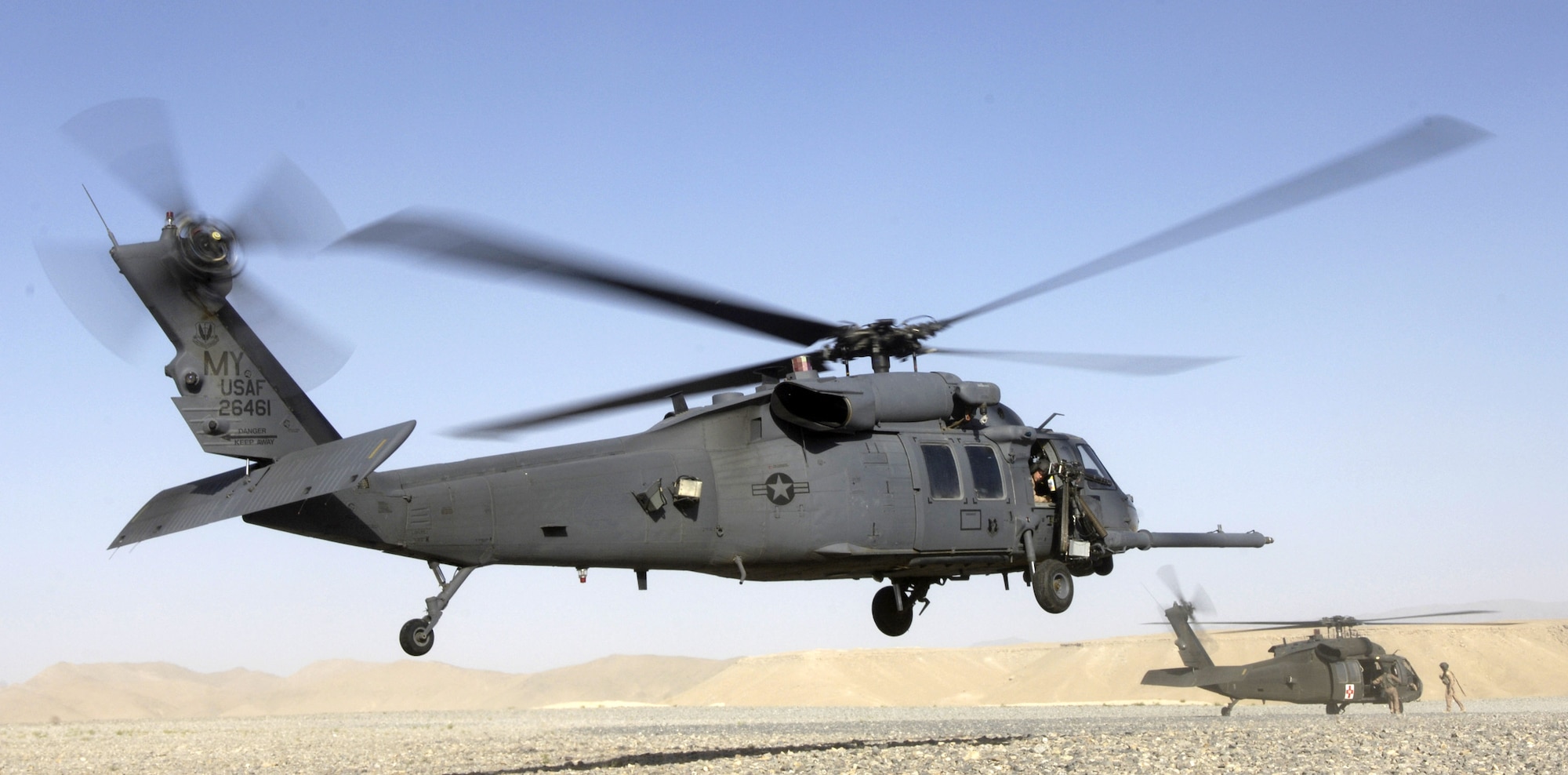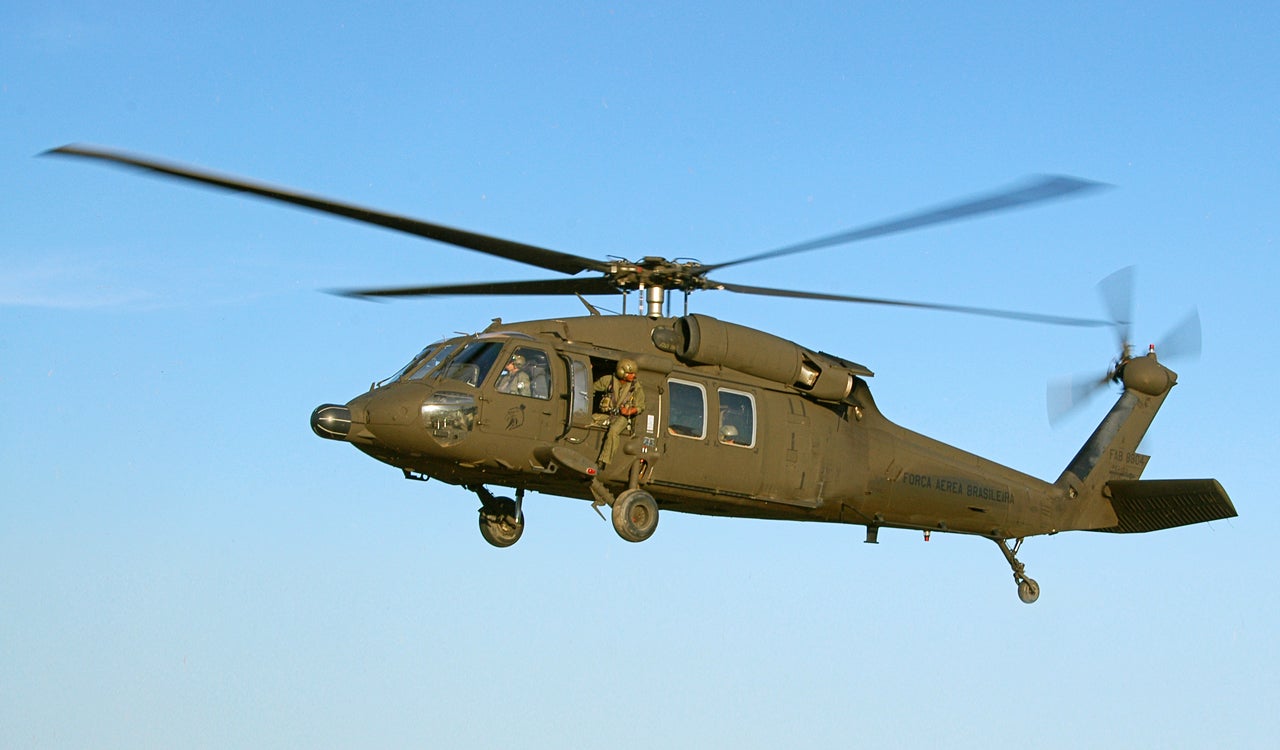The Background and Advancement of the UH-60 Blackhawk Helicopter
The Background and Advancement of the UH-60 Blackhawk Helicopter
Blog Article
Comprehensive Summary of the UH-60 Blackhawk Helicopter
The UH-60 Blackhawk helicopter, a characteristic of modern armed forces air travel, has played an essential function in diverse functional movie theaters because its intro in the 1980s. With its robust design and flexibility, it has actually adapted to meet various objectives, from troop transportation to medical discharge. As we explore its intricate background, style requirements, and technical innovations, it becomes evident that the Blackhawk's impact extends far beyond the field of battle. The complete level of its tradition and the lessons learned from its implementation throughout the world warrant a better assessment.
Background and Growth
The UH-60 Blackhawk helicopter has consistently been a keystone of U.S. army aeronautics because its intro in the late 1970s. Established by Sikorsky Aircraft, the Blackhawk was created to satisfy the Army's requirement for a versatile energy helicopter that could execute a variety of goals in different settings. UH-60 Blackhawk. The development process began in 1972, with the first model flying in 1974
Its operational debut came throughout the 1980s, where it was swiftly acknowledged for its capacity, speed, and agility to move soldiers and freight efficiently. The Blackhawk's efficiency in the 1983 Grenada invasion and subsequent operations strengthened its reputation as a reputable workhorse for the united state Military. Over the years, the helicopter has undertaken many upgrades and variations, adjusting to developing army requirements, consisting of the addition of innovative avionics and weapon systems.

The Blackhawk's style has actually likewise advanced to serve different branches of the army and allied forces, showcasing its versatility. Today, it continues to be an important part of U.S. armed forces procedures and remains to be a favored selection for rotary-wing aviation throughout the globe, showing its long-lasting legacy and continuous importance in modern-day warfare.
Style and Specs
Engineered for efficiency and flexibility, the UH-60 Blackhawk helicopter features a durable layout that boosts its operational capabilities. The airframe is built mostly from light weight aluminum alloys, providing a balance of stamina and weight effectiveness. With a size of 64 feet and a blades size of 53 feet, the Blackhawk is made to accommodate a wide variety of objectives. Its optimum departure weight is roughly 22,000 extra pounds, allowing it to lug significant hauls.
The helicopter is powered by two General Electric T700-GE-701C engines, each providing 1,800 shaft horsepower, which makes sure high degrees of dependability and performance in varied settings. The rotor system is a four-blade, completely verbalized style that enables outstanding ability to move and security, also in damaging problems.
Furthermore, the UH-60 incorporates innovative avionics and flight control systems that boost situational recognition and pilot control. The cabin is created for quick reconfiguration, permitting it to sustain numerous mission accounts, from troop transportation to clinical discharge. Generally, the style and requirements of the UH-60 Blackhawk demonstrate a commitment to functional excellence and adaptability in the area.

Goals and roles
With its robust style and progressed capabilities, the UH-60 Blackhawk helicopter serves a plethora of roles across different army operations. Originally established for army transportation, the Blackhawk has developed to do a vast range of objectives, consisting of clinical discharge, search and rescue, and logistical support. Its flexibility enables it to operate in varied settings, from city landscapes to sturdy surfaces.
In combat scenarios, the Blackhawk is vital for putting and removing unique procedures forces, providing them with the movement needed to perform their objectives successfully. Furthermore, the helicopter can be furnished with sophisticated interaction and avionics systems, improving its function as a command and control platform in dynamic combat situations.

Technological Innovations
Integrating sophisticated technologies has dramatically improved the efficiency and capacities of the UH-60 Blackhawk helicopter. The incorporation of sophisticated avionics systems, including digital trip control and boosted situational awareness screens, has actually enhanced pilot navigating and decision-making in complex settings. These systems allow real-time data processing, helping with better communication and control throughout goals.
Furthermore, the Blackhawk's airframe has undergone significant upgrades, making use of composite materials that minimize weight while raising architectural integrity. This adjustment contributes to improved fuel performance and functional range. The helicopter is likewise outfitted with sophisticated propulsion systems that offer greater power and reliability, ensuring optimal performance in diverse conditions.
In addition, the assimilation of contemporary sensors and weapon systems has actually broadened the Blackhawk's adaptability. Enhanced targeting capabilities and progressed danger detection systems enable reliable interaction in combat circumstances, improving objective success rates.
International Effect and Legacy
The UH-60 Blackhawk helicopter has actually made a profound influence on altruistic efforts and military procedures worldwide because its intro in the late 1970s. Its adaptability and advanced modern technology have allowed it to serve in numerous functions, consisting of troop transportation, medical discharge, and logistical support (UH-60 Blackhawk). The helicopter's efficiency in battle scenarios has redefined airborne wheelchair, allowing forces to react rapidly and successfully to dynamic combat zone conditions
Around The World, the Blackhawk has been released in numerous disputes, from the Persian Gulf to the Balkans, showcasing its adaptability to diverse settings. Its role in humanitarian goals, such as disaster relief and search-and-rescue procedures, has more solidified its track record as a dependable possession in situation situations.
The tradition of the UH-60 expands past its military applications; it has additionally affected helicopter design and operational doctrine worldwide. Its success has actually motivated other nations to establish similar airplane, boosting international aviation standards and operational abilities. As the Blackhawk remains to advance with modern upgrades, its impact on both military and civilian air travel stays substantial, guaranteeing its area in background as one of one of the most legendary helicopters of its time.
Verdict
The UH-60 Blackhawk helicopter stands as a testament to innovative engineering and versatile military application. Its design and abilities have considerably shaped contemporary aerial operations, enhancing troop mobility and operational performance. The recurring innovations in modern technology proceed to strengthen the Blackhawk's function in contemporary warfare and humanitarian initiatives. As page an outcome, the Blackhawk has actually left an indelible mark on military aviation, influencing future helicopter layouts and redefining tactical strategies around the world.
The UH-60 Blackhawk helicopter, a characteristic of modern-day armed forces aviation, has actually played a crucial duty in diverse operational cinemas because its introduction in the 1980s - UH-60 Blackhawk.The UH-60 Blackhawk helicopter has consistently been a keystone of United state military air travel given Go Here that its intro in the late 1970s.Engineered for performance and versatility, the UH-60 Blackhawk helicopter includes a robust style that boosts its operational capacities.With its robust design and progressed abilities, the UH-60 Blackhawk helicopter offers a wide variety of roles throughout various armed forces operations.The UH-60 Blackhawk helicopter has actually made a profound effect on altruistic efforts and armed forces operations worldwide considering that its introduction in the late 1970s
Report this page